This will allow us to know what is the procedure for its development, forms of consumption and natural benefits, that is why I invite you to read these publications where I will provide a very detailed content, to know some products and traditional dishes that you can find it in this beautiful country, with which you can fall in love and delight with each of the flavors of these great recipes that I put at your disposal.
As I mentioned in previous publications, Venezuelan gastronomy is very varied, it is a wide range of options and cultural mixes, resulting in a great explosion of flavors, colors and aromas, which characterize my country for having a culinary expression that stands out, with diverse and original dishes, that vary according to the region, and according to the life forms of its inhabitants. Let yourself be conquered with the delicious and traditional Venezuelan food.
Today I will talk about The Arepa:
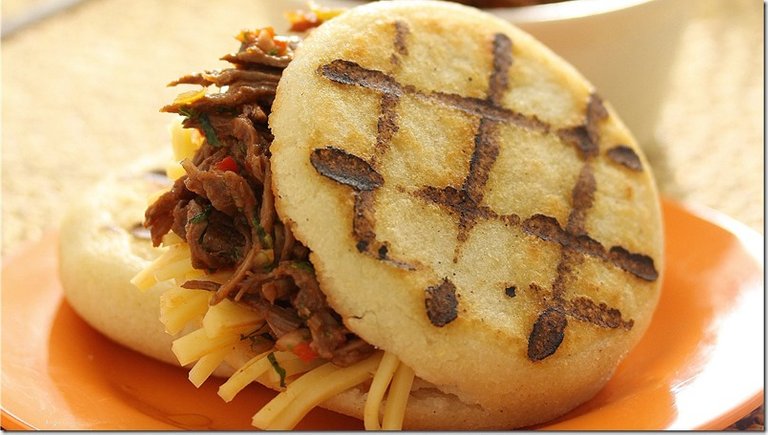
The Arepa: It is a food that is obtained from white or yellow corn. It is a kind of circular bread made with precooked corn flour or ground corn, water and salt, which is cooked over a budare, in an oven, griddle or frying pan. It is very exquisite, golden and cuddly and more delicious even when we put butter and fill it. Everything will depend on your creativity and your taste. There is a wide variety of fillings that delight anyone's palate, among them I can mention: yellow cheese, hard cheese, ham, chicken or meat, ground beef, pabellón criollo, dogfish, queen pepiada, tuna, sausages, avocado, scrambled egg, among others.

Where do I get the flour to prepare the arepas?
Flour P.A.N.

Flour Mazorca

In case of not getting the precooked flour, at home you can parboil the threshed corn, you grind it and then that you get a mixture, you must add salt to taste, little by little you are pouring water and at the same time you knead until you get the point , that feels soft, manageable and that does not crack.

This flour compared to other basic products can be purchased at a low cost, which is why the arepa is consumed in many Venezuelan homes. In many occasions this food becomes the three daily meals, only in order to maintain food, in the face of severe shortages and the high cost of living.
And when can we eat Arepas?
The arepas can be eaten at any time, and if you prefer you can do it almost every day at breakfast or dinner, either as a main course or as a companion.

Where can we get Arepas?

Next I will describe the procedure to follow to carry out its preparation:
INGREDIENTS:
• 2 cups of water, room temperature or warm.
• 1 tablespoon butter or oil (optional)
• 3 cups of precooked cornmeal (PAN or Mazorca flour) does not contain gluten or preservatives and you can find them in white or yellow.
•1 teaspoon salt
PREPARATION:
- Mix the ingredients:In a bowl place the cornmeal, a teaspoon of salt and mix these ingredients.
- Knead the flour:Once the ingredients are mixed, little by little we will pour water, and with our hands we will knead the flour for a few minutes to create a smooth and uniform dough. We must knead until we are sure that it has no lumps and that it does not stick in our hands or in the container. Many times we pass our hands and pour a lot of water, if this happens and the dough is too sticky, we add flour little by little and continue kneading. If the opposite occurs and you notice that the dough is still a little hard or cracks, I recommend adding small portions of water and kneading until smooth.
- Make the Arepas:Once the dough is ready, we proceed to make the arepas, divide the dough into portions and make "flour balls". Then, with the palms of our hands, we press and rotate, until we give a circular shape to our arepa.
- To cook the arepas:if you want them roasted you can use an iron budare, iron or frying pan. The pan must be smeared with oil so that the dough does not stick. We can also fry them, in a pan with a little oil. Do not let them burn, you should cook them at low heat or low temperature to avoid that inside they remain raw. When they are golden brown on the one hand, we turn them and finish them browning on the other side, until they are golden and toasted on both sides.
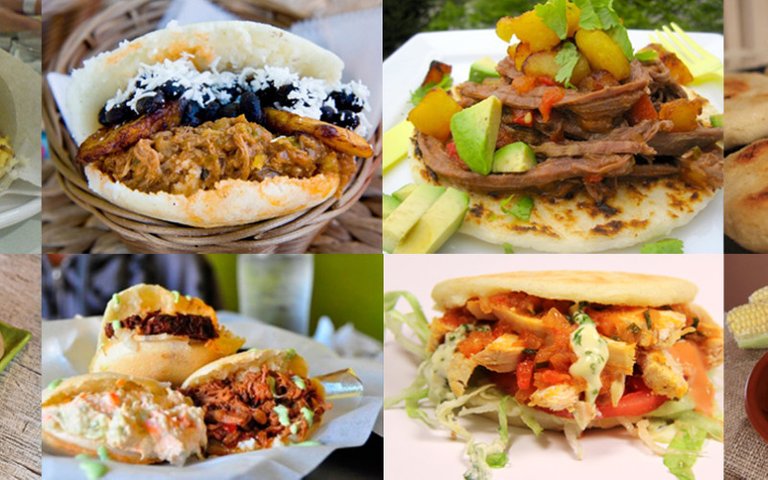
Fillings for Arepas:
There are many fillings for the arepas, however I will only mention some of the most representative:
- Queen pepiada: My Mother! This arepa is the most, its filling is chicken salad, mayonnaise and a good portion of avocado. Delicious!.
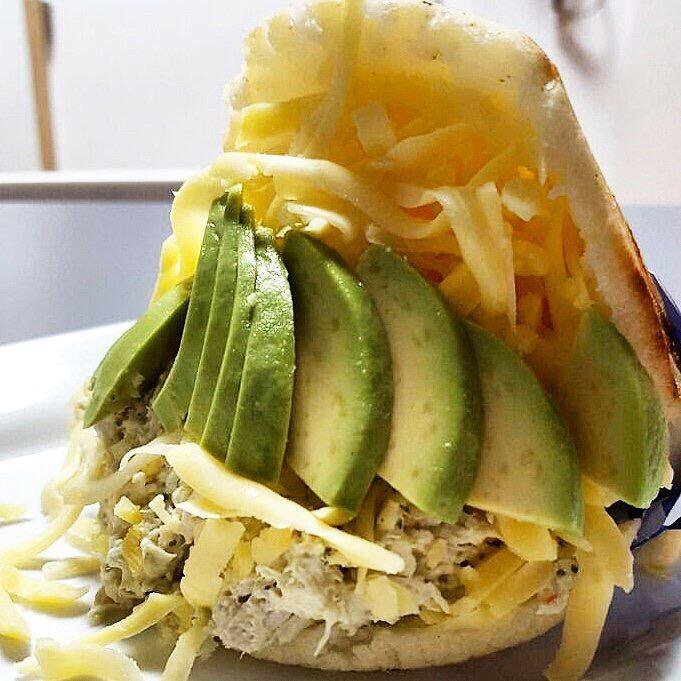
- Arepa with Perico: It is an arepa stuffed with scrambled egg, and if you want we can place the cheese of your choice.
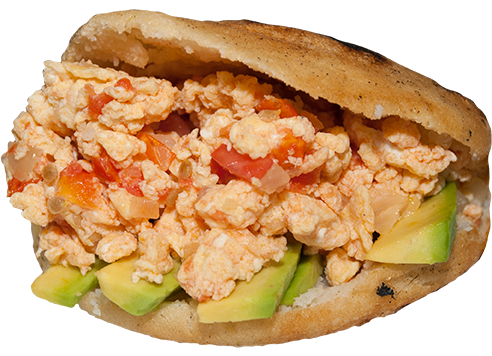
- Arepa with Cheese: it is an arepa stuffed with the cheese of your choice.
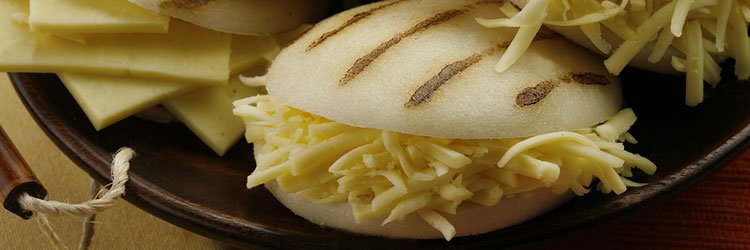
- Beef Arepa: It is an arepa stuffed with meat mechada (meat previously unheated and stewed), many people throw white cheese llanero or grated yellow.
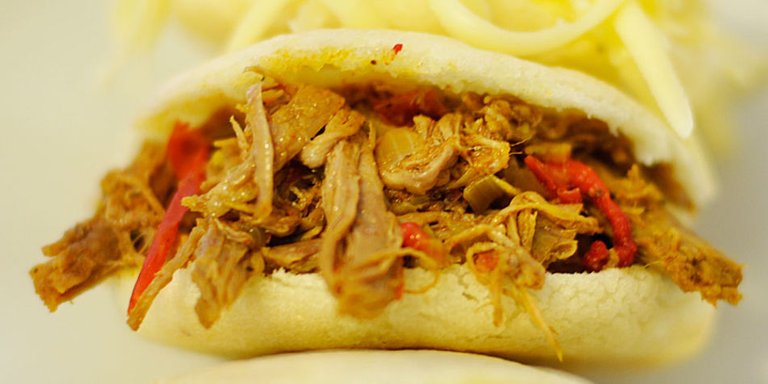
- Arepa shredded chicken: it is an arepa stuffed with chicken mechado and stewed, it also has yellow cheese grated.
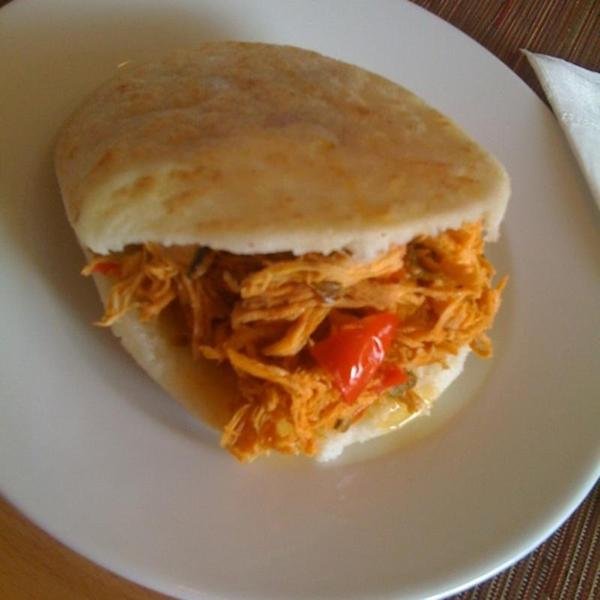
- Break mattress: it is a very traditional arepa in the Venezuelan coasts, it has a mixture of seafood (shrimp, octopus, pepitonas, oysters and squid), and it is called a mattress for its aphrodisiac properties.

- Creole pavilion: it is one of the arepas stuffed with beans, mechada meat, slices and grated white cheese.

If you decide to invite your friends to your house, go ahead and prepare some arepitas, I assure you that they will like it and the best of all is that you will save money, they are easy to prepare, they are ready in a short time, so I invite you to try them. You will not regret!...

Upvoted.
DISCLAIMER: Your post is upvoted based on curation algorithm configured to find good articles e.g. stories, arts, photography, health, etc. This is to reward you (authors) for sharing good content using the Steem platform especially newbies.
If you're a dolphin or whales, and wish not to be included in future selection, please let me know so I can exclude your account. And if you find the upvoted post is inappropriate, FLAG if you must. This will help a better selection of post.
Keep steeming good content.
@Yehey
Posted using https://Steeming.com condenser site.